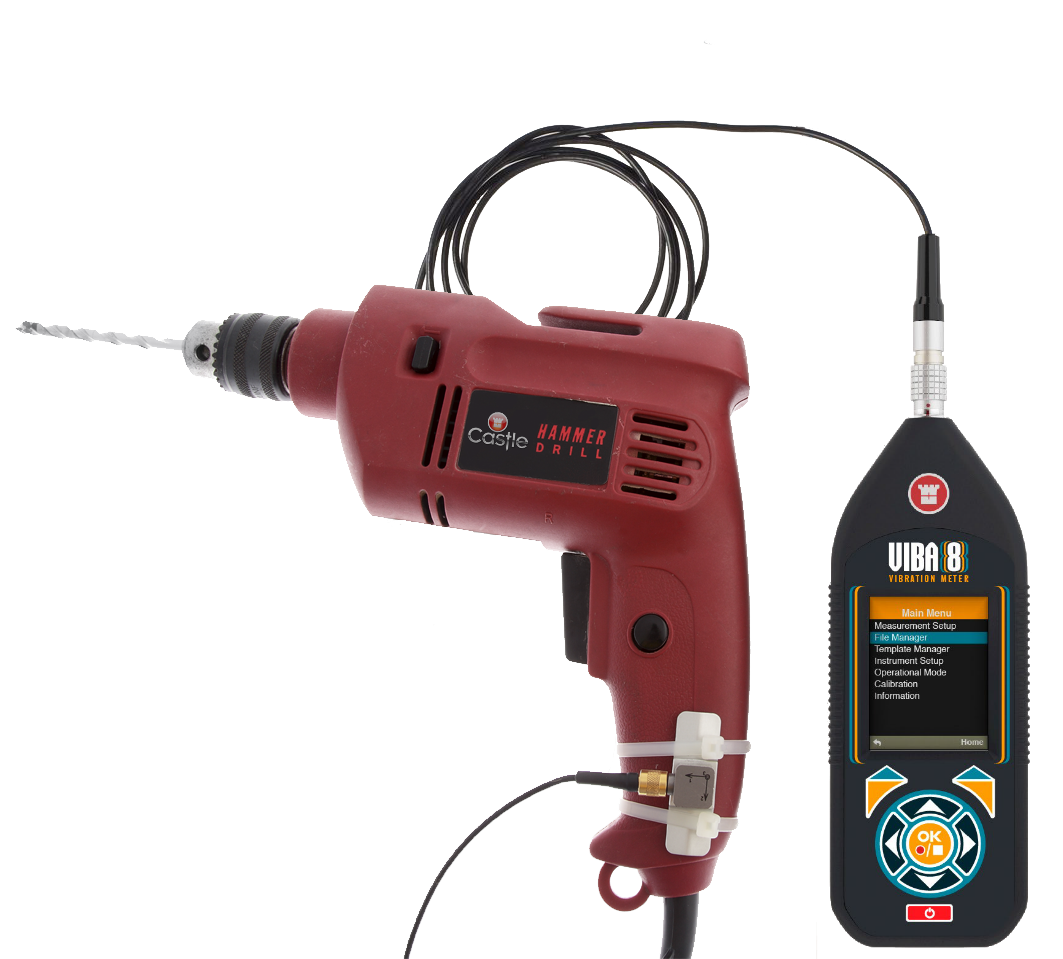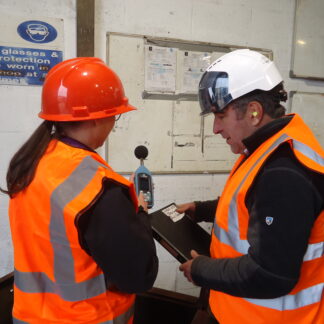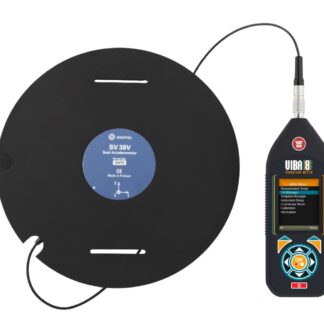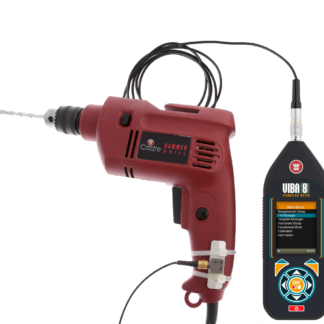Hand and Arm Vibration Assessment
"Get a handle on Vibration"
Our Hand Arm Vibration (HAV) at Work assessment evaluates exposure to vibration from hand-held tools and machinery to prevent health risks such as Hand Arm Vibration Syndrome (HAVS). The service typically includes on-site measurements of vibration levels using specialised equipment, analysis of exposure duration, and comparison with regulatory limits. It identifies high-risk tasks and provides recommendations to mitigate exposure, such as equipment modifications, alternative work methods, and administrative controls. Employers receive a detailed report outlining findings, compliance with health and safety regulations, and suggested control measures. The assessment helps organisations fulfill legal obligations, protect workers’ health, and reduce the risk of compensation claims. Expert consultants may also provide training on best practices for vibration management and periodic reviews to ensure ongoing compliance. This service is essential for industries where vibrating tools are commonly used, such as construction, manufacturing, and maintenance, helping to create a safer working environment.
- Detailed Risk Assessments
- Accurate Vibration Monitoring
- Actionable Recommendations
somdn_product_page




